New acquisitions
Here, you will find a current selection of our new acquisitions:
Acquired in 2017
Paintings and works on paper by Hans Ticha
In 2017, thanks to a private donation by a benefactor, a group of works by Hans Ticha was acquired. Until that point, none of his works had been in the museum's collections. Hans Ticha was primarily known and respected in East Germany as a book illustrator, with his paintings only occasionally on show at exhibitions.
Ticha developed an unmistakable style similar to pop art. Its unusual nature, combined with his critical view of developments in what was then the GDR, prevented his independent artistic work from reaching a broader audience. Ticha’s works have lasted through Germany's social changes, maintaining their unmistakable, highly original artistic expressiveness.
Among the works acquired are one of the artist’s rare wood reliefs: Woman Selling Fish (1973) and his characteristic painting Pink Hairdressing Salon (1975); the watercolour Tribune (1985), one of Ticha's socio-critical works, and his recent painting Parasol (2016). These four works of art give the museum’s collection a representative set of works by this exceptional artist.
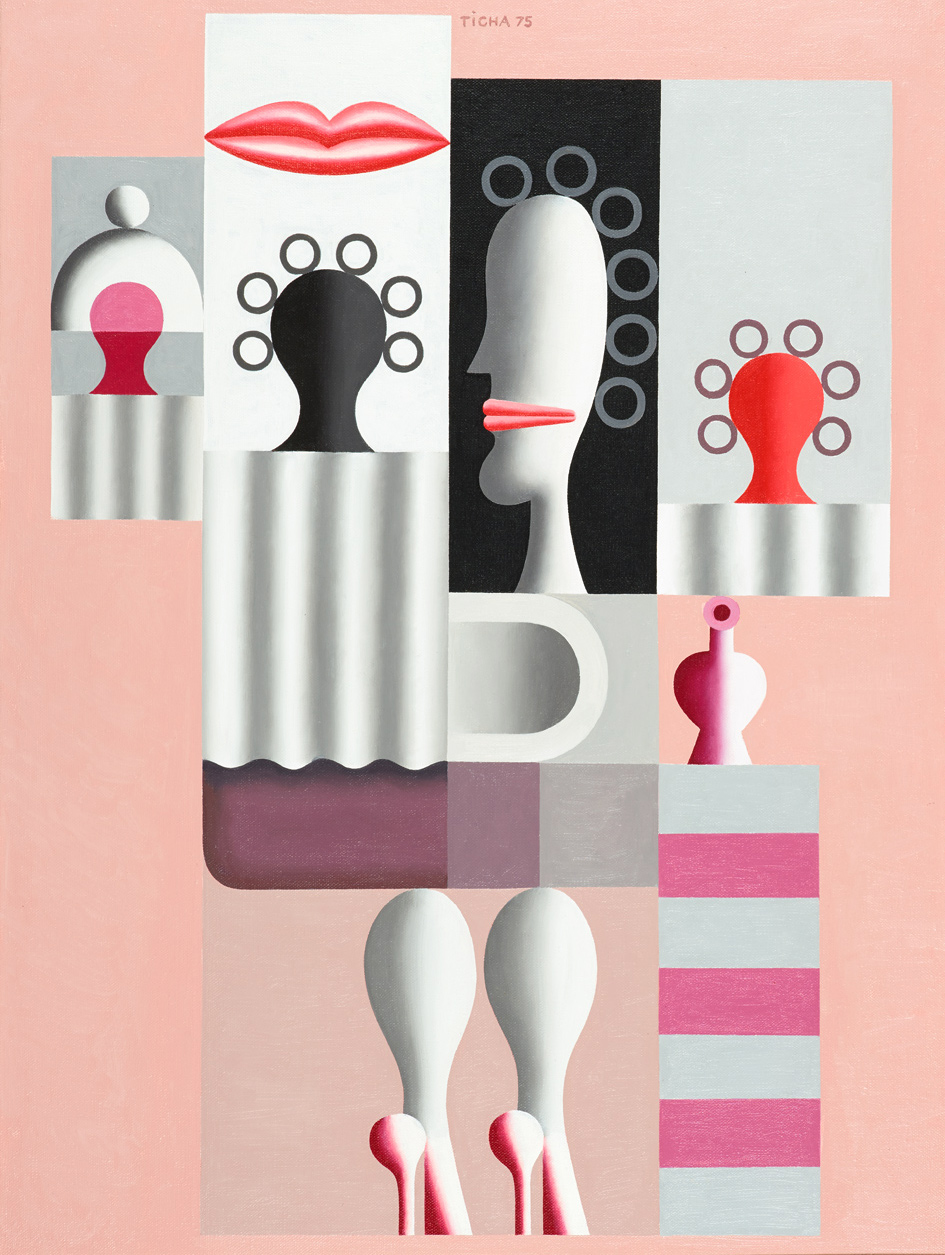
A. R. Penck: Self-Portrait, 1976
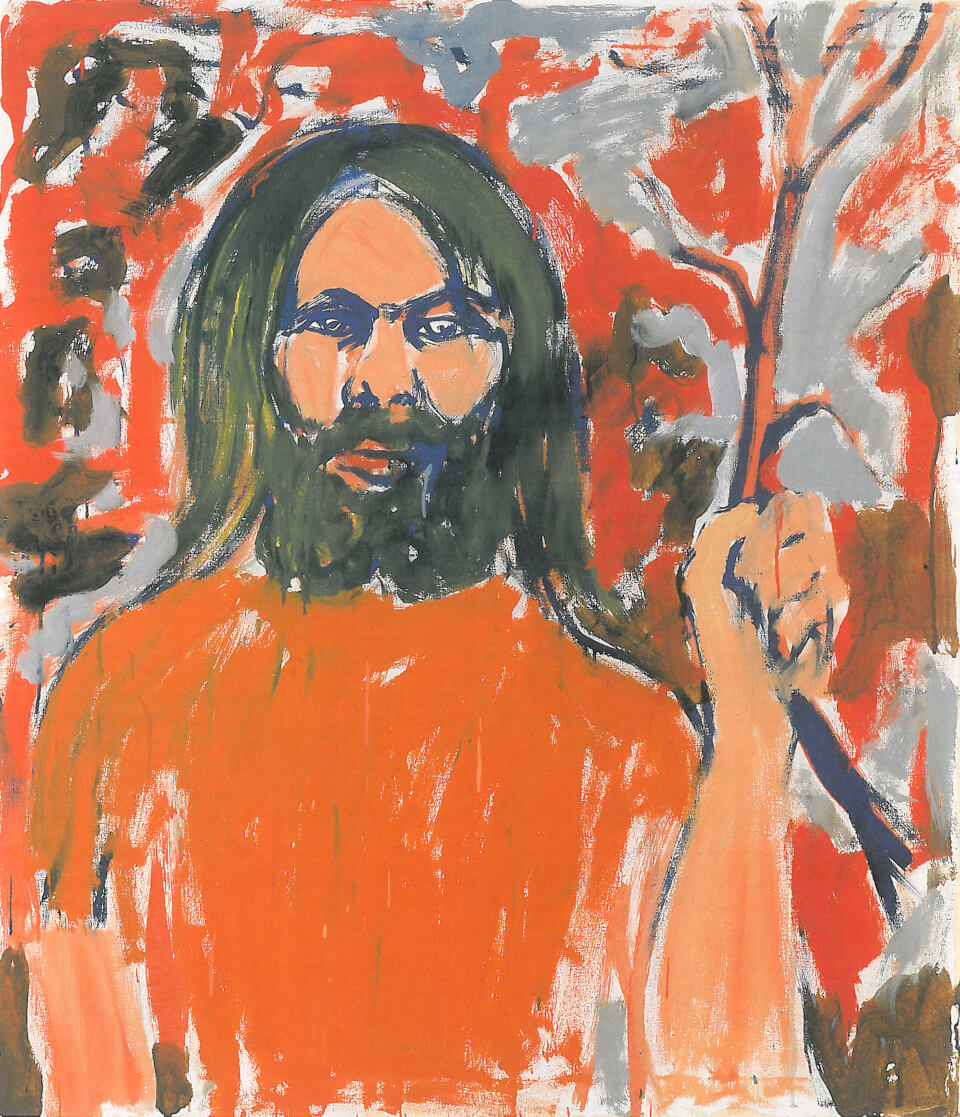
This self-portrait of the artist A.R. Penck is still signed with his given name, Ralf (Ralf Winkler). Penck lived and worked in Dresden until he was expatriated by the GDR authorities in 1980. He was a self-taught artist who engaged with Modernist art, an important source of inspiration for his own work, which – especially at the time – was both original and absolutely one of a kind.
At the end of the 1970s, his nonconformist, alternative mindset brought forth its own visual language in the form of his system of artistic symbols known as “STANDART”.
This self-portrait comes from the time before “STANDART”. It paraphrases the expressionism of the “Die Brücke” group of artists and of Edvard Munch. By this means, Penck was reflecting on his existence as an artist at a time when the GDR’s political system was being shaken by artistic and intellectual statements and reacting with increasing rigidity.
The painting is connected both to the Expressionist collection and to the museum’s collection on art in the GDR. The acquisition of this piece complements a set of prints by the artist acquired in 2015 as a gift. The purchase was made possible by the State of Saxony-Anhalt/the State Chancellery and Ministry of Culture.
Restitution of objects once in Jewish ownership to the Jewish Claims Conference and subsequent permanent loan
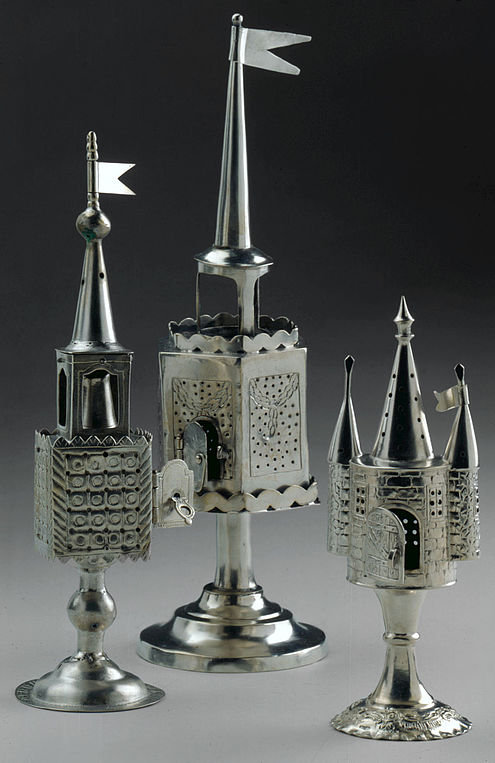
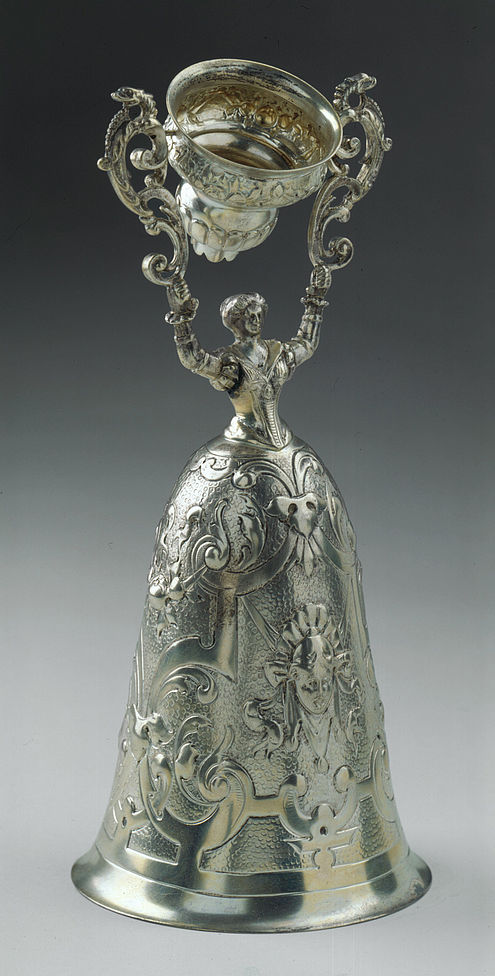
On Wednesday, 28 June 2017, during an event at Moritzburg Art Museum, Halle an der Saale attended by Rainer Robra, head of the Saxony-Anhalt State Chancellery and Minister of Culture, works of art and everyday items once in Jewish ownership were restituted by Kulturstiftung Sachsen‑Anhalt to the Jewish Claims Conference (JCC), represented by Roman Haller.
The 17 restituted objects, including 3 Havdalah spice boxes for use in private rituals to celebrate the Sabbath, have been at Moritzburg Art Museum, Halle an der Saale since 1940. Though intensive research has been carried out in recent years, the owners have not been identified; the items were thus formally restituted to the JCC and remain at Moritzburg Art Museum, Halle an der Saale thanks to a permanent loan agreement.
Wassily Kandinsky: Descent, 1925
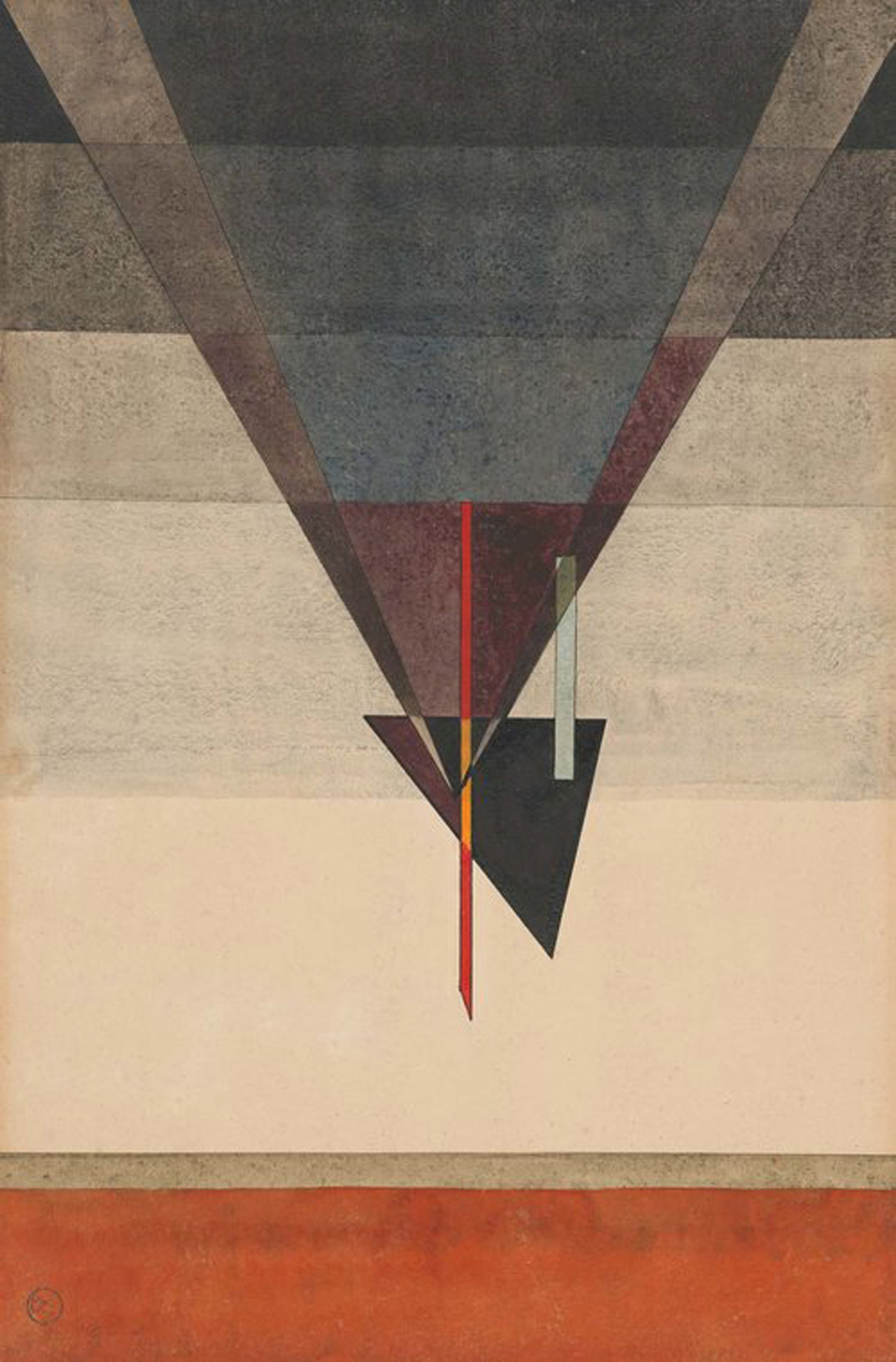
Kulturstiftung Sachsen‑Anhalt has received considerable support from the Ernst von Siemens Art Foundation, the Kulturstiftung der Länder (Cultural Foundation of the German Federal States), the Saalesparkasse savings bank and the state of Saxony-Anhalt/State Chancellery and Ministry of Culture, making it possible to buy back a work of art which was confiscated from Moritzburg Art Museum, Halle an der Saale under the Nazi “Degenerate Art” campaign in 1937. This is the watercolour Descent (1925) by Wassily Kandinsky (1866–1944).
The piece was purchased for the museum in 1929 by director Alois J. Schardt, confiscated as “degenerate” by the Nazis in 1937 and presented that year in a defamatory Munich exhibition which took the form of a kangaroo court. In 1940, it was acquired by the art dealer Hildebrand Gurlitt. After the Second World War, Gurlitt put it on the art market, following which it changed hands several times. In 2015, when the last private owner, in Japan, announced that it was to be put on sale, the auction house informed Moritzburg Art Museum, Halle an der Saale that there was a chance of buying back a work from the lost collection of modern art.
Acquired in 2016/2017
Gift of a large set of handicraft items
In 2017, the museum was able to acquire a unique collection which had been assembled over a period of half a century thanks to outstanding specialist knowledge. This private gift comprises roughly 300 items, mainly glass, ceramics and goldwork from the art nouveau and art deco periods. It expands and enriches the collection, adding numerous exquisite works.
Most of the pieces are art nouveau works by the well-known Lorraine artist Emile Gallé, or the Daum Frères, Legras et Cie. and Lalique Cristallerie Saint-Louis glassworks. They are complemented by glass from Bohemian and the Viennese workshops, with pieces by Koloman Moser, the Poschinger glassworks, Pallme-König & Habel and Moser AG, Karlovy Vary.
Ceramics by Massier, whose impressive lustre glazes give them huge appeal, outstanding cast bronze works by the French sculptor Jules Desbois, or silver works by the Danish manufacturer Michelsen all stand out for their unique craftsmanship.
The generous gift also includes works and groups of works by well-known artists such as Karl and Fritz Schmoll genannt Eisenwerth, Kyohei Fujita, Karl Wiedmann, Richard Süßmuth, Jean Lurçat or Fritz Koenig, alongside a collection of costume jewellery from the second half of the 20th century.
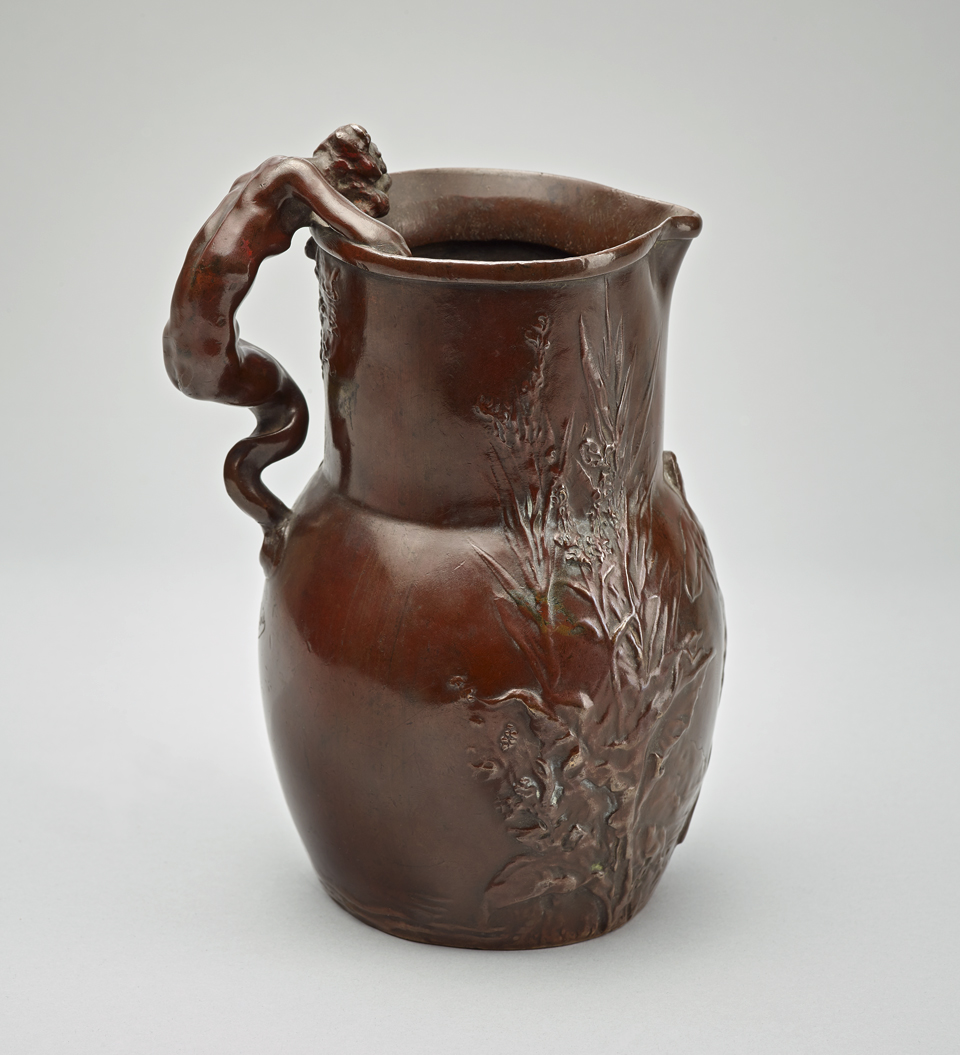
Acquired item by item until 2016
Studio glass collection
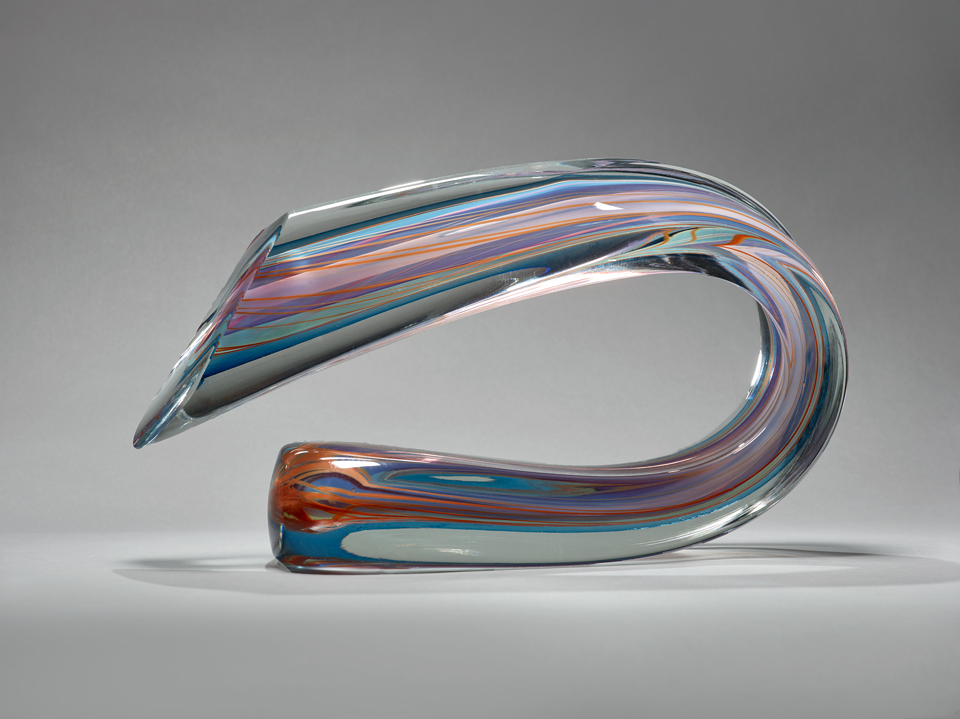
The acquisition of a unique collection of studio glass from a private owner is an important addition to the glass collection at Moritzburg Art Museum, Halle an der Saale, enriching it with significant international works of contemporary glass art. This makes the museum one of only a small number in Germany to offer an excellent overview of international developments in glass art in the second half of the 20th century. The acquired collection comprises a total of 157 outstanding works by artists from America, Japan and various European countries.
This addition to the collection was made possible thanks to generous funding by Ostdeutsche Sparkassenstiftung, Saalesparkasse Halle and the Friends and Sponsors of Moritzburg Art Museum, Halle an der Saale.
Acquired in 2015
Georg Kolbe: Design for a Memorial to the Victims of Fascism, 1946
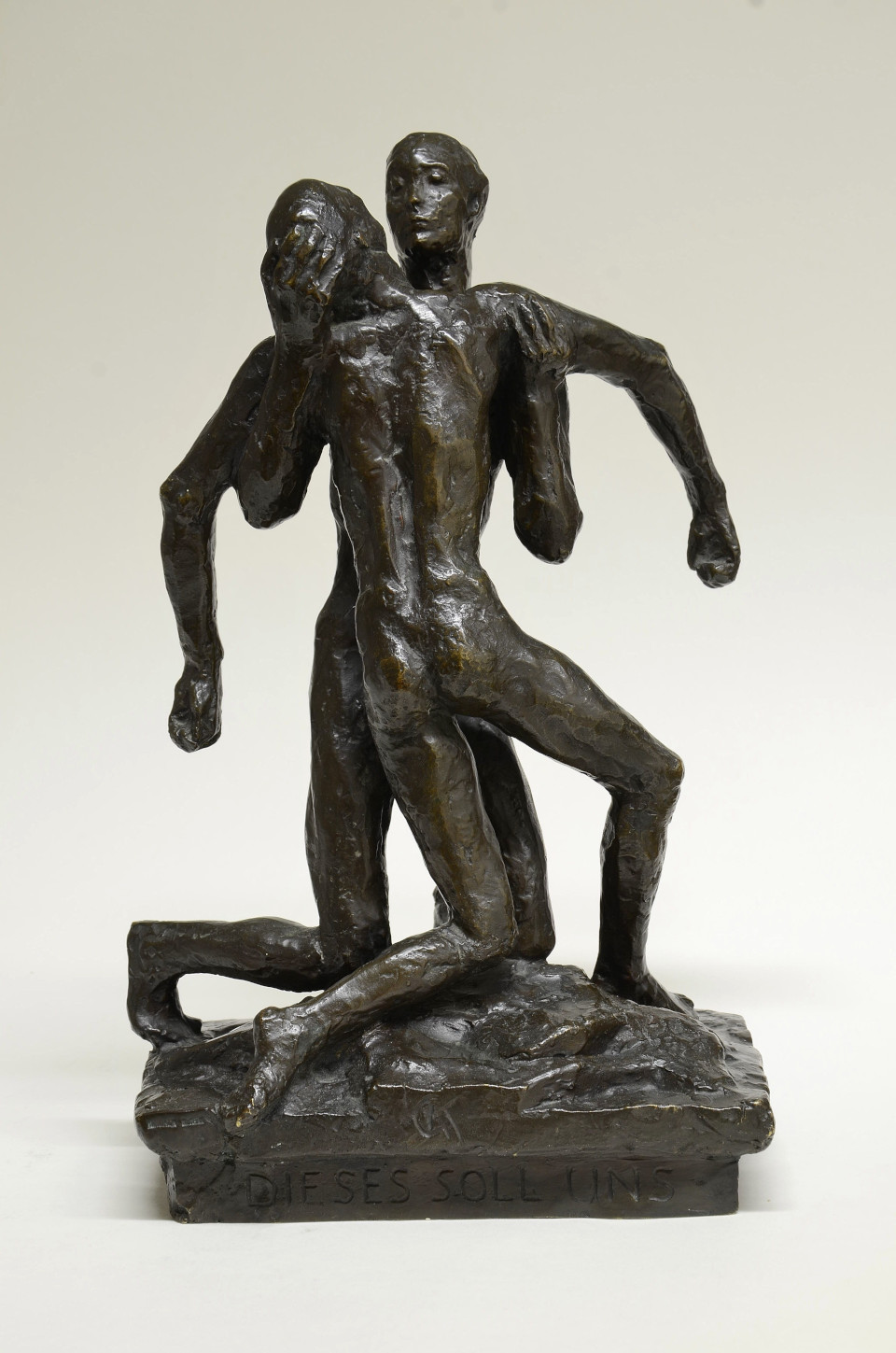
After the Second World War, the city of Halle an der Saale held a competition to design a memorial for the victims of fascism. In response, in the last year of his life, the famous sculptor Georg Kolbe created this plaster model of two figures. One, falling to his knees, is held up in the other’s embrace. The sculpture retains a sketch-like appearance, with a rough surface. Although Kolbe won first prize in the competition, the memorial was never built. In 1957, a Canadian ambassador had the plaster model from Kolbe’s estate cast.
The purchase was made possible thanks to generous funding by the Ernst von Siemens Art Foundation, Saalesparkasse Halle, the Friends and Sponsors of Moritzburg Art Museum, Halle an der Saale and private donors.
Acquired in 2014
Gneisenau portrait
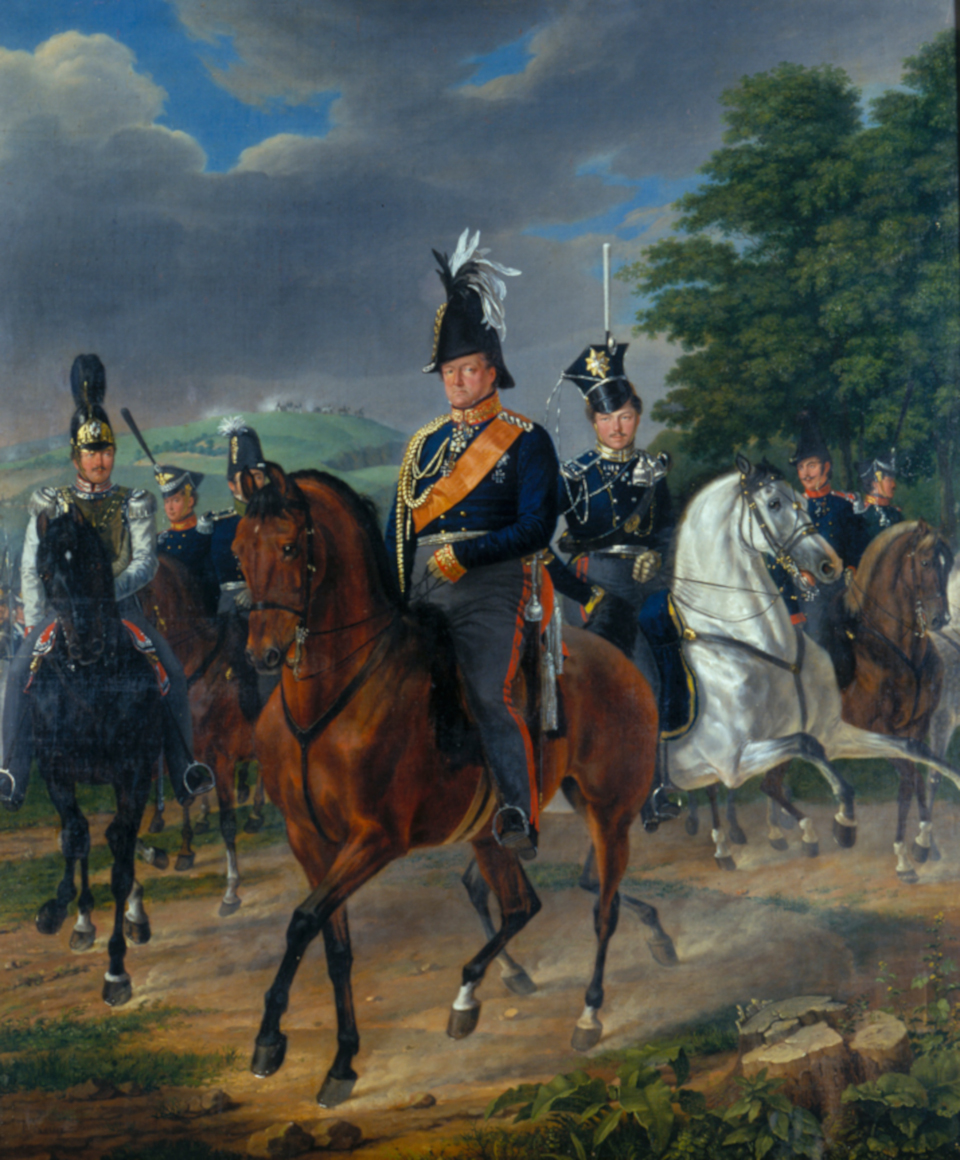
Franz Krüger, born in Grossbadegast near Köthen, is one of the most important German painters of the first half of the 19th century. He rose to particular fame as a portraitist and painter of large-format parade pictures.
This painting, one of the most important of Krüger’s works, testifies to the artist’s expertise as a portraitist and his skill as a painter of horses, for which he was well known in his lifetime. The clarity of the painting’s structure is matched by his mastery of colour, creating an epic piece commemorating and honouring Field Marshal Neidhardt von Gneisenau.
The purchase was made possible thanks to generous funding by the Kulturstiftung der Länder (Cultural Foundation of the German Federal States), Lotto-Toto GmbH, Saxony-Anhalt and the state of Saxony-Anhalt.
